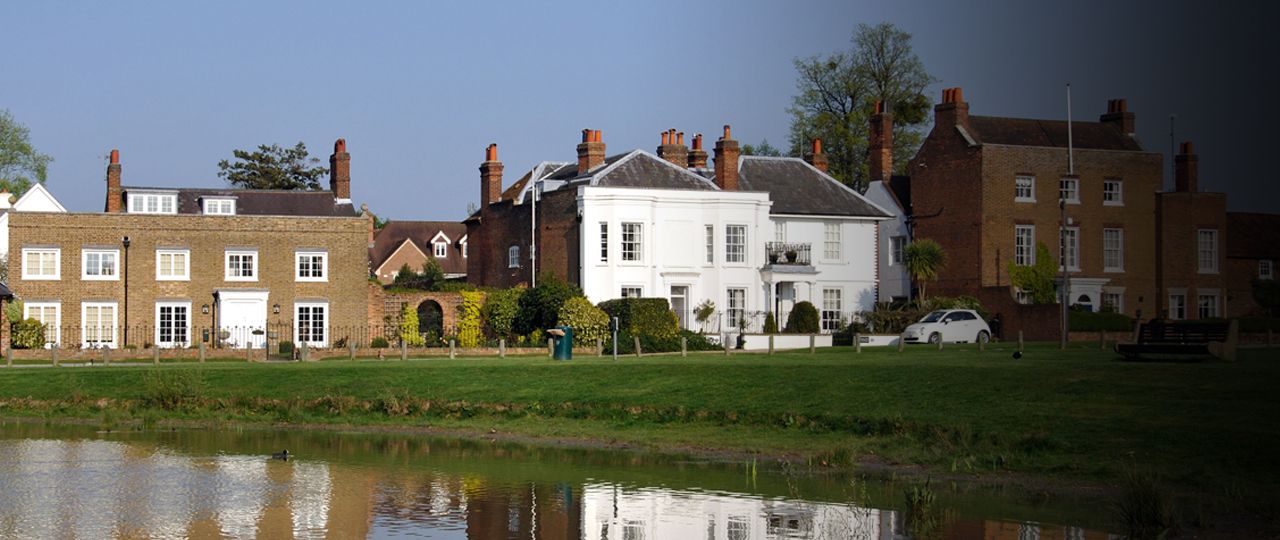
Simon Roberts
Senior Director, Head of Regional Agency - South & East


Senior Director, Head of Regional Agency - South & East
Interestingly, in the last quarter of 2016 we saw a substantial increase in the number of sales of properties above £2,000,000, in fact we saw three times more sales in this period than we had in the previous 10 months! Why? I can only answer by suggesting that time is a great healer and that buyers and sellers had enough time to consider the ramifications of stamp duty, Brexit and other factors, and simply felt “life must go on”. This goes to show that we are a resilient nation of home owners.
This was supported by figures quoted by the “Office of National Statistics, ONS, where house price inflation picked up to 6.7% in the year to the end of November, with an average house price of £218,000. According to the Halifax there were more first time home buyers in 2016 than at any other time since the start of the financial crisis, with the average deposit being more than double, £32,321 compared to £15,168. Martin Ellis, Halifax Housing Economist, confirmed his thoughts that this was attributed to low interest rates, high employment and the Help to Buy scheme.
The Help to Buy mortgage guarantee scheme came to an end at the end of last year, having helped more than 100,000. With many bank and building societies now offering packages of 5% deposits it was felt that the scheme had run its course. The Help to Buy loan scheme, which is only available on new build schemes, will remain until 2020.
I also believe that price expectation changed with many house sellers becoming more realistic around their asking prices resulting in a higher number of sales.
This is supported by Rightmove who confirms that asking prices (not sale prices) in London fell by 8.7% in the last year, and grew much faster in East England and West Midlands, according to Zoopla.
Nationwide Building Society confirms that in 2016 London house growth was 3.7% below the UK average of 4.5% for the first time since 2008, but before we feel too sorry for our London neighbours the ONS suggests that the average London house price of £474,000 is still more than double that of the typical property in the UK of £217,000.
London still remains attractive to overseas buyers with, again, a slight increase in sales last year coming from Western Europe and Asia, probably taking advantage of the currency exchange and more realistic house prices. This is equally good news for those living in the Home Counties as historically 50% of buyers in the Home Counties are from London.
When I look at some of the predictions from economists and commentators on their view of house prices for 2017, they are varied, however, the average seems to indicate around a 2% increase broadly in line with inflation.
The Lettings market has also been affected, according to the Property Professional Magazine, they suggest a 15% drop in the number of new rentals listed across more than 90 UK towns. This is undoubtedly due to the stamp duty surcharge, the new stress testing for buy to let properties and the planned reduction in mortgage tax relief for investors scheduled for this April.
In the Home Counties the rental market remains steady with good demand in the lower to mid-range price levels (£1000 - £2,500 pcm). Like the sales market, the shortage of good quality homes is resulting in prices staying relatively level.
Even in light of these “Interesting times” I am confident that activity will remain good for 2017. The competitive mortgage market and low interest rate environment coupled with a shortage of properties on the market will aid the property market, in fact, some economists are suggesting 2017 may well be the year to make the move.